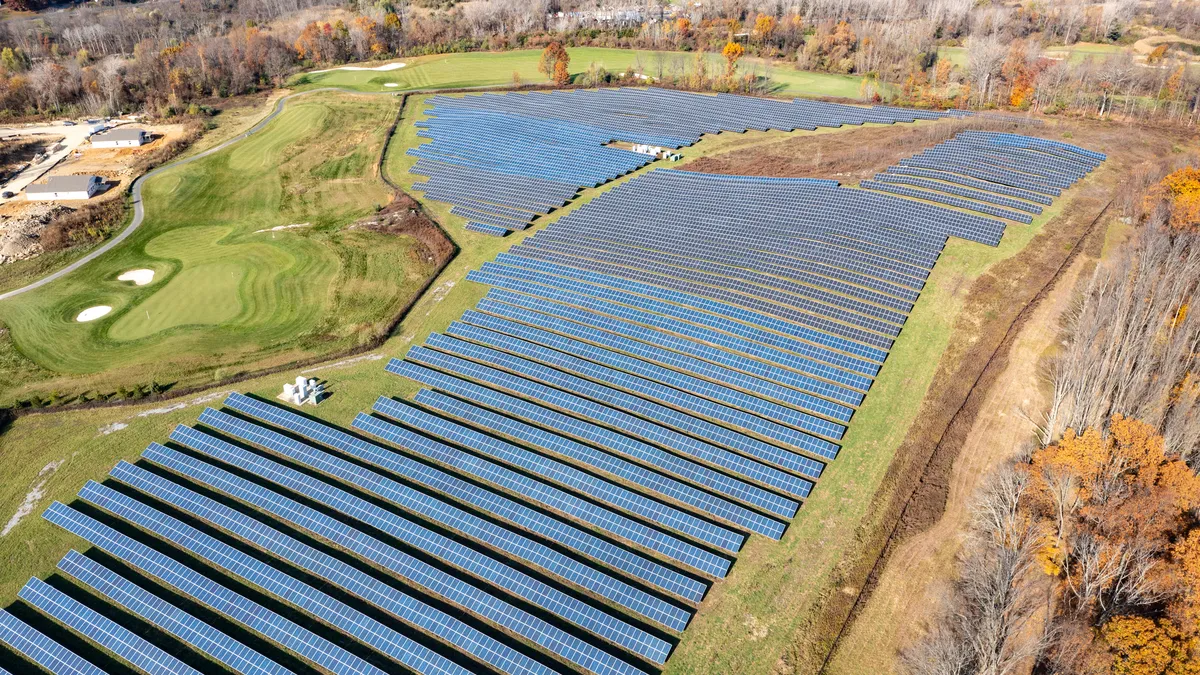The New Jersey Board of Public Utilities last week established a competitive solar incentive program, or CSI program, in a bid to lower taxpayer costs and meet a goal of adding at least 300 MW of solar to the grid each year through 2026.
“The CSI program will primarily cover large projects, including all types of grid supply projects and net-metered, non-residential projects greater than 5 MW,” BPU said in a press release.
The December 7 order that launched the program also states that it “establishes siting requirements for many solar facilities designed to affordably expand New Jersey’s commitment to renewable energy” without “compromising” the state’s farmland and open spaces.
A BPU official who declined to be identified by name told Utility Dive that while New Jersey is “unique,” the board looked at utility-scale solar programs “across the country” and tried to take the “best metrics” of all of them.
The official said that prior to the state’s passage of the Solar Act of 2021, which directed BPU to double the growth of the New Jersey solar program, “we really didn’t have a corresponding utility-scale program.”
“So this is the first time that New Jersey’s making a concerted effort to have 300 MW of utility scale,” the official said.
BPU President Joseph Fiordaliso said that the state’s clean energy initiatives in general aim to “pick the best” ideas that are being implemented nationwide.
Fiordaliso said that the state aims to use this additional solar capacity in part to bolster its community solar program, which is designed “primarily for underserved communities, to provide environmental justice so that everyone has at least the opportunity to participate in the clean energy revolution, regardless of their zip code.”
The program lets state residents take a stake in a local community solar farm and earn a credit toward their energy bill, allowing people to benefit from increased solar capacity even if they “live in apartments or don’t own the building they live in” and can’t install solar panels, Fiordaliso said.
Fiordaliso also said that the state has developers working to bolster transmission infrastructure “in our urban areas in particular.”
The CSI program’s structure “will ensure that a range of competitive solar project types can participate, despite potentially different project cost profiles,” the Solar Energy Industries Association said in a statement.
However, the group noted that it and its members are “evaluating the program's construction and siting requirements, including new standards for pollinator-friendly ground-mounted projects and various land development restrictions.”
“Establishing a workable siting process is critical for the solar industry to achieve the CSI program’s goal for 1,500 MW of large-scale solar capacity by the end of the decade,” SEIA wrote.
The community solar program is “scheduled for 150 MW a year,” the BPU official said, while the state’s Administratively Determined Incentive program and CSI program both aim to add 300 MW a year to the grid.















